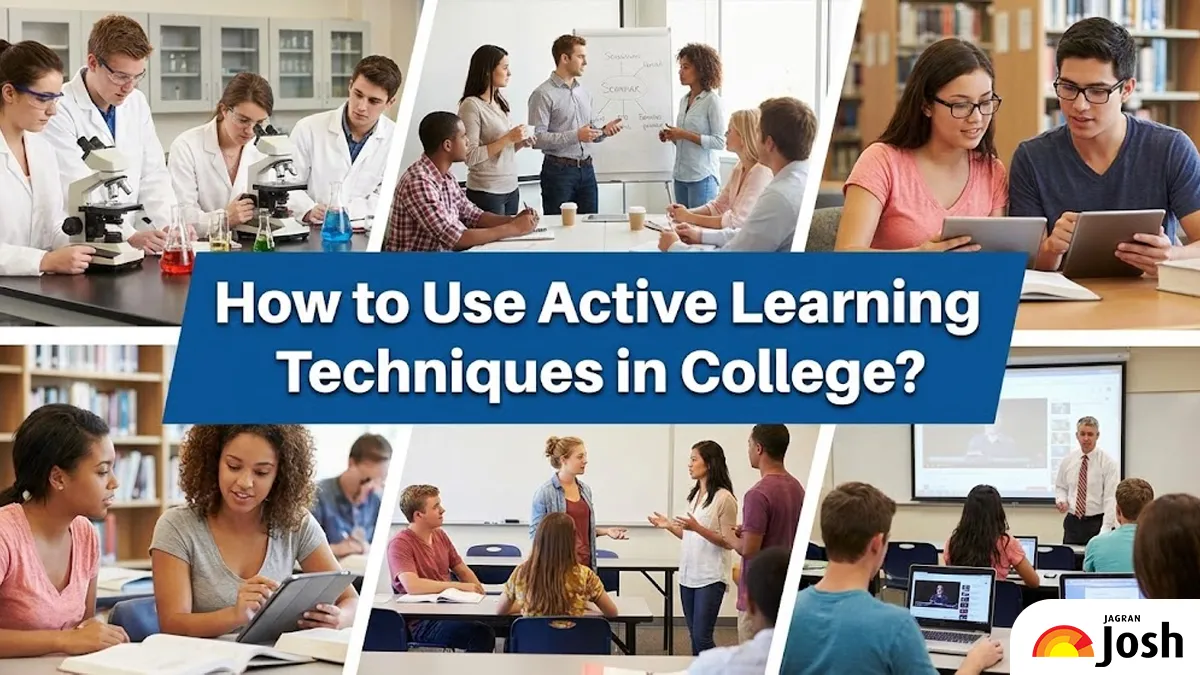Active learning involves methods where students engage directly with the material through activities like discussion, problem-solving, and reflection, rather than passively receiving information. Incorporating these techniques can transform your college experience from just taking notes to deeply understanding and applying knowledge.
What is Active Learning?
Active learning is a powerful approach where the responsibility for learning is placed on the learner. It requires students to do meaningful activities and think about what they are doing. This contrasts sharply with passive learning, like simply listening to a lecture.
The core principle is that doing and thinking about the work leads to better retention and higher-order thinking skills, such as analysis, synthesis, and evaluation.
Key Active Learning Techniques for College
You can incorporate these techniques both inside and outside the classroom.
1. During Lectures and Readings
Take S.T.A.R. Notes (Stop, Think, Ask, Review)
-
Stop: Pause after a main idea or section in your notes or reading.
-
Think: Reflect on the material. How does it connect to what you already know?
-
Ask: Formulate a question about the material (e.g., "Why does this happen?" or "How could this be applied?"). Write the question in the margin.
-
Review: Briefly look over your questions and answers at the end of the session.
The Paraphrasing Technique
Every 10-15 minutes, stop taking notes and rewrite the last section in your own words. This forces your brain to convert the information from auditory/visual input into a conceptual understanding.
2. Reviewing and Studying
This is one of the most powerful methods for deep understanding:
-
Identify the Topic: Choose the concept you are trying to learn.
-
Teach it to a Child: Explain the concept simply, as if to someone with no background in the subject. Explain it using everyday examples and skip the technical terms.
-
Identify Gaps: If you get stuck trying to explain something, or if you have to use fancy words to cover up what you don't know, that shows where you need to study more.
-
Go Back to the Source: Review the material until you can explain that problematic area clearly and simply.
Practice Retrieval (Self-Quizzing)
Don't just re-read your notes. Test yourself actively.
-
Cover your notes and try to recall all the main points related to a heading.
-
Use flashcards (digital or physical) but make sure to use them for recall, not recognition.
-
Use the "Blank Page" method: After studying, take a blank sheet of paper and write down everything you remember about the topic without looking at your book or notes.
3. Collaboration and Discussion
A study group should be a place for active collaboration, not just passive co-studying.
-
Rotate Roles: Ask everyone in the group to take a turn walking through a concept or solving a practice problem on the board.
-
Create Quizzes: Have each member prepare 5-10 challenging questions on the material for the others to answer.
-
Debate: If the material involves controversial theories or different approaches (common in humanities and social sciences), organize a brief debate to explore the nuances.
Concept Mapping
After reading a chapter or finishing a unit, draw a visual map connecting all the main ideas, sub-topics, and supporting details. Use lines, arrows, and labels to show the relationships between them. This helps you visualize the structure of the entire body of knowledge.
Benefits of Active Learning
| Benefits |
| Increased Retention |
| Deeper Understanding |
| Better Problem-Solving |
| Higher Engagement |
Tips for Success
-
Start Small: Don't try to fix all your study habits at once. Pick one new trick, such as rephrasing notes, and use it consistently for one week.
-
Manage Time: Active learning can feel slower initially. Allocate sufficient time for the "doing" and "thinking" phases.
-
Embrace Mistakes: Mistakes are an essential part of the active learning process—they highlight exactly where you need to focus your effort.
Also check: What are the Benefits of Taking Online Courses or Certifications in College?
